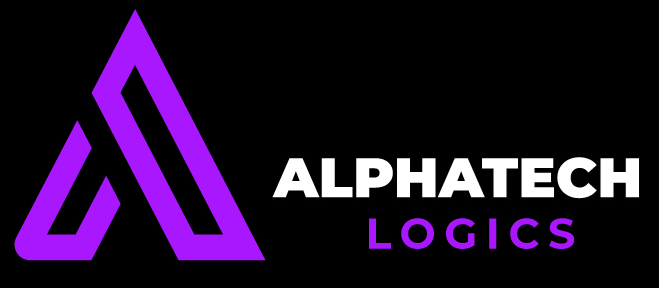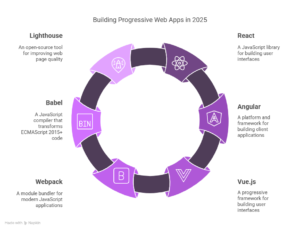Introduction
Your inbox pings with a new warning. Another compliance deadline is approaching, and your system hasn’t been audited in months.
The stakes couldn’t be higher – non-compliance means hefty fines, damaged trust, and a potential data breach waiting to happen. But navigating the labyrinth of regulations and security controls doesn’t have to be overwhelming. With the right approach, you can turn compliance into a strategic advantage.
Why Security Compliance Matters
Security compliance isn’t just about checking regulatory boxes; it’s about protecting sensitive data, maintaining customer trust, and ensuring your company can operate without costly interruptions. Noncompliance isn’t an option when fines like an estimated $1.9 million for HIPAA violations or an estimated $100,000 per month for PCI DSS failures are on the line.
But effective compliance goes beyond avoiding penalties. It strengthens operational efficiency, enhances data management, and creates a company-wide culture of accountability.
Let’s explore actionable best practices for security compliance.
1- Build a cybersecurity compliance program
When it comes to building a cybersecurity compliance program, everyone – HR, IT, compliance teams, and the C-suite – should not just be aligned but also collaborating on a unified security plan.
This program should outline:
- Relevant regulations (GDPR, HIPAA, PCI DSS, etc.)
- Roles and responsibilities
- Policies for risk management, incident response, and third-party security
When everyone understands the stakes, security compliance becomes a shared responsibility.
2- Automate security controls
Manual processes are the enemy of efficiency. Automation transforms security controls into an invisible safety net. This pretty much means that while you’re sipping your morning coffee, an automated system scans your network for vulnerabilities, flags outdated patches, and sends compliance reports, all without human intervention.
Automating tasks like data encryption, access controls, and regular security assessments ensures compliance while freeing up your team to focus on higher-value tasks.
3- Develop a risk management plan
What would happen if a cyberattack shut down your operations tomorrow? A solid risk management plan ensures you’re not left scrambling.
This involves the following steps.
- Identifying current vulnerabilities
- Assessing the impact of potential breaches
- Creating an action plan to recover
By proactively preparing for the worst, you can mitigate damage and protect sensitive information before a hacker gets their hands on it.
4- Ensure continuous monitoring
Think of your network like a bustling city. Without constant surveillance – traffic cameras, patrols, or alarms – it’s impossible to catch threats before they escalate. Continuous monitoring of your IT infrastructure is extremely important for identifying risks and closing compliance gaps.
Use tools like vulnerability scanners, log analyzers, and SIEM solutions to maintain 24/7 oversight. These technologies provide early warnings, giving you the time to act before threats turn into breaches.
5- Encourage a culture of security
It’s not enough for your IT department to shoulder the burden of compliance. Every employee should play a role in safeguarding company data. Start by:
- Training employees on secure practices like password hygiene and phishing detection
- Encouraging transparency so staff feel comfortable reporting risks
- Recognizing and rewarding compliance champions
By making security everyone’s responsibility, you’ll create an organization that is both proactive and resilient.
6- Keep up with regulatory changes
What worked last year won’t cut it now. Security compliance regulations evolve as cyber threats grow more sophisticated. Take GDPR, for example, which has expanded its focus on data retention and consent.
Staying ahead means regularly reviewing:
- Regulatory updates
- Emerging technologies (e.g., AI-based security tools)
- Industry-specific risks
Consider dedicating resources to compliance specialists or subscribing to services that track updates for you.
8- Test your compliance framework
Compliance is a moving target. Regular audits and penetration tests can reveal gaps and help you refine your strategies. These tests simulate real-world threats, providing actionable insights to strengthen your defenses.
Adopt a mindset of continuous improvement by:
- Conducting annual compliance reviews
- Reassessing policies based on evolving risks
- Updating training programs to reflect the latest threats
Conclusion
Security compliance isn’t just about meeting legal standards but about creating a culture of vigilance and preparedness.
Whether you’re automating processes, encouraging collaboration, or keeping pace with changing regulations, these best practices can help your organization stay compliant and secure.
What if you could cut your compliance workload in half while strengthening your defenses? With the right strategies, it’s possible.
Ready to start building a robust compliance program? Let’s talk.





